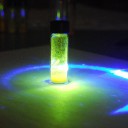
Abstract The syntheses of salicylidene anilines are readily accomplished through one-pot procedures with minimal purification necessary to afford a functional crystalline product. These compounds are of interest due to their colorimetric response to 405 nm light in the solid state. A series of salicylidene anilines have been generated to study the effect of enol/trans-keto isomerization … Continue reading →
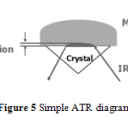
Abstract With the FDA mandating that all foodstuff labels list the amount of trans fats within their product, it becomes necessary to have a rapid and reproducible method for quantifying trans content within foods. Research has led to the advent of an analytical method that utilizes attenuated total reflectance with a Fourier transform infrared spectrometer … Continue reading →
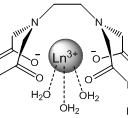
Abstract Capsaicin is the molecule in peppers that produces a sensation of heat and pain when exposed to sensory nerve cells in the body. A series of ethylenediaminetetracetate bis-amide chelates have been synthesized with regions selective for capsaicinoid binding to determine which functional groups increase overall binding strength. The initial lanthanide complexes bound capsaicinoids with … Continue reading →
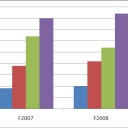
Abstract For the past two academic years, the chemistry division at Longwood University has implemented POGIL methodology in some sections of the general chemistry sequence for science majors. Initially we were interested in determining if students exposed to POGIL were more successful in general chemistry than those students that were not exposed to this teaching … Continue reading →
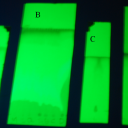
Abstract Counterfeit pharmaceuticals are an increasing trend in the world of criminal activity because the business of making fake pharmaceuticals is highly profitable. The scientific community needs to develop clear-cut methods of detection for counterfeit pharmaceuticals because this is an issue that affects human health and because the use of prescription drugs is so prevalent. … Continue reading →




